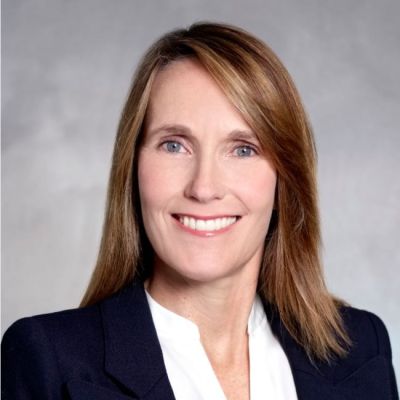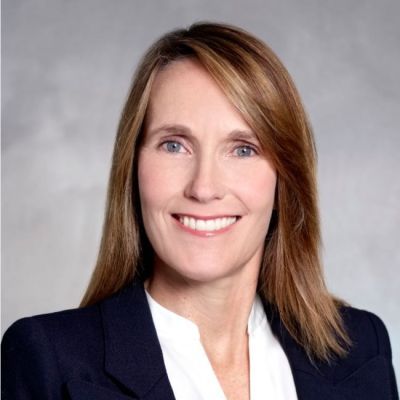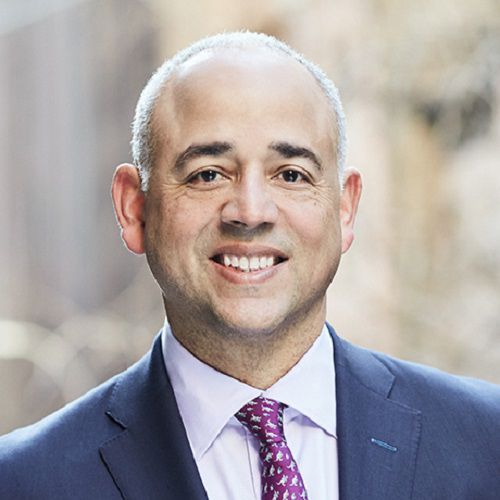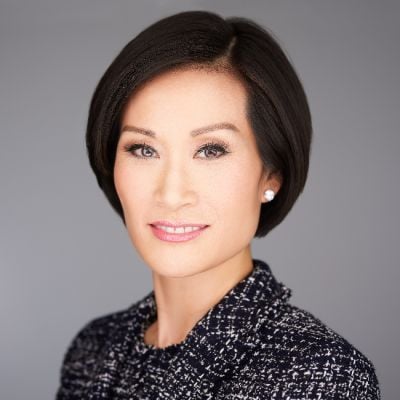
It’s not that long ago that the physical pitch book was entrenched in deal-making lore, for decades thumped down on boardroom tables to quantify bankers’ expert advice on why to transact on a deal.
Enter COVID and exit the physical form of the pitchbook, as well as a lot of other norms that no longer serve a useful purpose.
When the COVID-19 pandemic landed in North America in the spring of 2020, the capital markets industry, like the rest of the economy, ground to a halt, briefly.
And then, suddenly, and as the proverbial room stopped spinning, the industry went into overdrive, embarking in the space of weeks on some of its biggest changes in decades, even as we entered some of the most vibrant capital markets in living memory in both the United States and Canada.
Before the pandemic, no one would have even entertained the notion of a trader, never mind an entire trading floor, working from home, but it happened.
We went from being effectively 100 percent at the office, to being 100 percent at home. We went from in-person to virtual, in-Teams meetings. We built virtual interfaces for our high-processing users so that they didn’t have to use a PC or laptop anymore. It was a subtle point, but to be able to do that was a major enabler.
Why we needed a pandemic to tell us to do away with physical pitch books will remain a mystery.
We’ve had to change how and where we work, while staying focused on helping clients achieve their goals. How we deal with and understand non-financial risks has changed fundamentally with COVID, and that will not only remain, but also reverberate for years to come.
And yet, against all odds, the industry not only survived, but thrived.
Changes led to enormous short-term productivity gains, with no commuting to the office, nobody on planes, and a pivot to online/virtual client engagement and finding creative ways to stay connected.
There is no going back to the way we were, and that’s because most of what we’ve come up with is better, including heightened expectations for a leadership that is agile and maintains an interface with staff even as we experienced the end of the in-person, visibility era.
The buzzwords of the new and emerging era are loud and clear: resilience, adaptability, flexibility, agility, and, of course, hybrid. We describe COVID as the great accelerator because it has forced change, and that will only continue as we exit.
We haven’t seen most of our clients in person for 18 months, but deals are getting done. Mergers and acquisitions did not slow down just because people couldn’t go and visit assets, even if that meant doing virtual tours or flying drones over mines instead of having boots on the ground.
It’s a tribute to our resilience, adaptability, and focus that the industry stuck to what it does best: putting clients first and helping them move forward and grow their businesses. Our job has been to facilitate change by anticipating client needs and coming up with solutions.
Client interaction and client coverage will never go back to the way they were: Industry conferences are now virtual, as, too, are all non-deal road shows.
They may come back; they may not. Maybe it will be somewhere in between.
In many ways, we serve the client better today than before COVID. For example, instead of flying and having two people at a client visit, we can now put 10 of our best in the room and bring our full talent set to bear.
The end goal is to get the best of both worlds. We need to make 1 + 1 = 3.
We want the best of the office and we want the best of flexibility, so that, as we go forward, we embrace new, better norms around how and where we work. There will be a return to some of the things that we did before, but only what was good. In our own operations, we are not going back to five days a week in the office; in the client environment, we are not going back to traveling every day to see the client, unless they need us to.
The hybrid model we are moving to is a work in progress. It promises further innovation and a rebuilding of bonds that cannot be forged digitally.
Why we needed a pandemic to tell us to do away with physical pitch books will remain a mystery.












